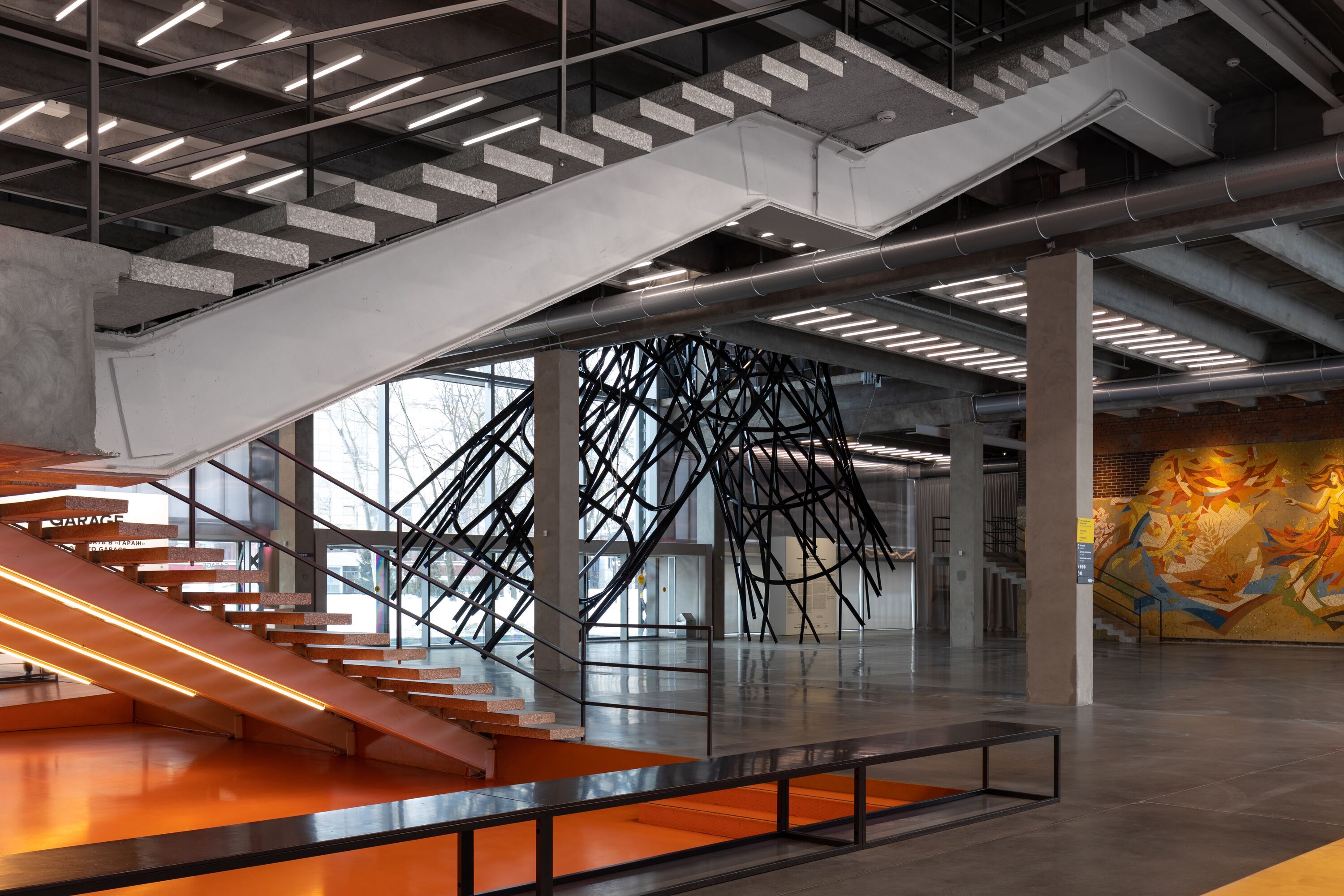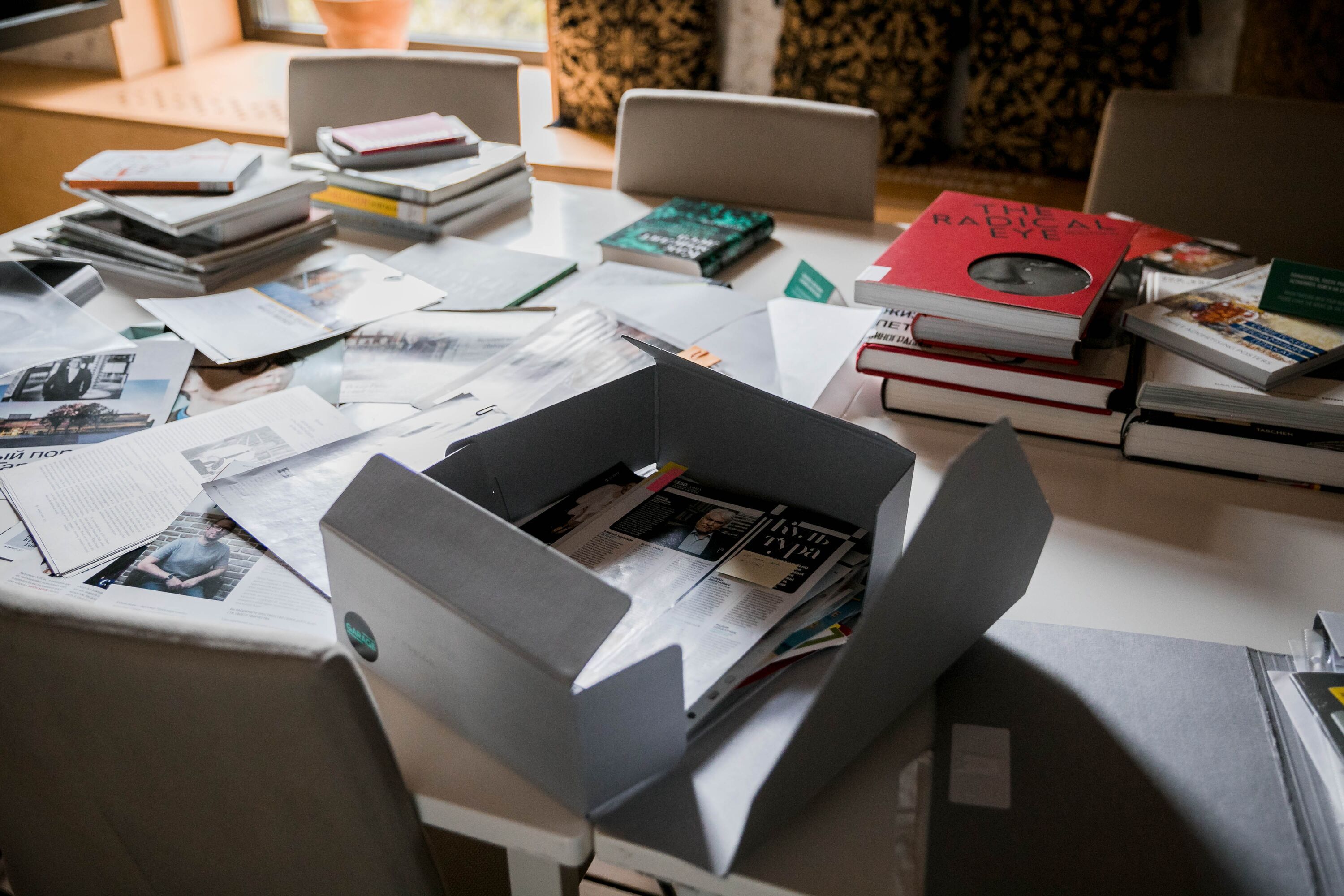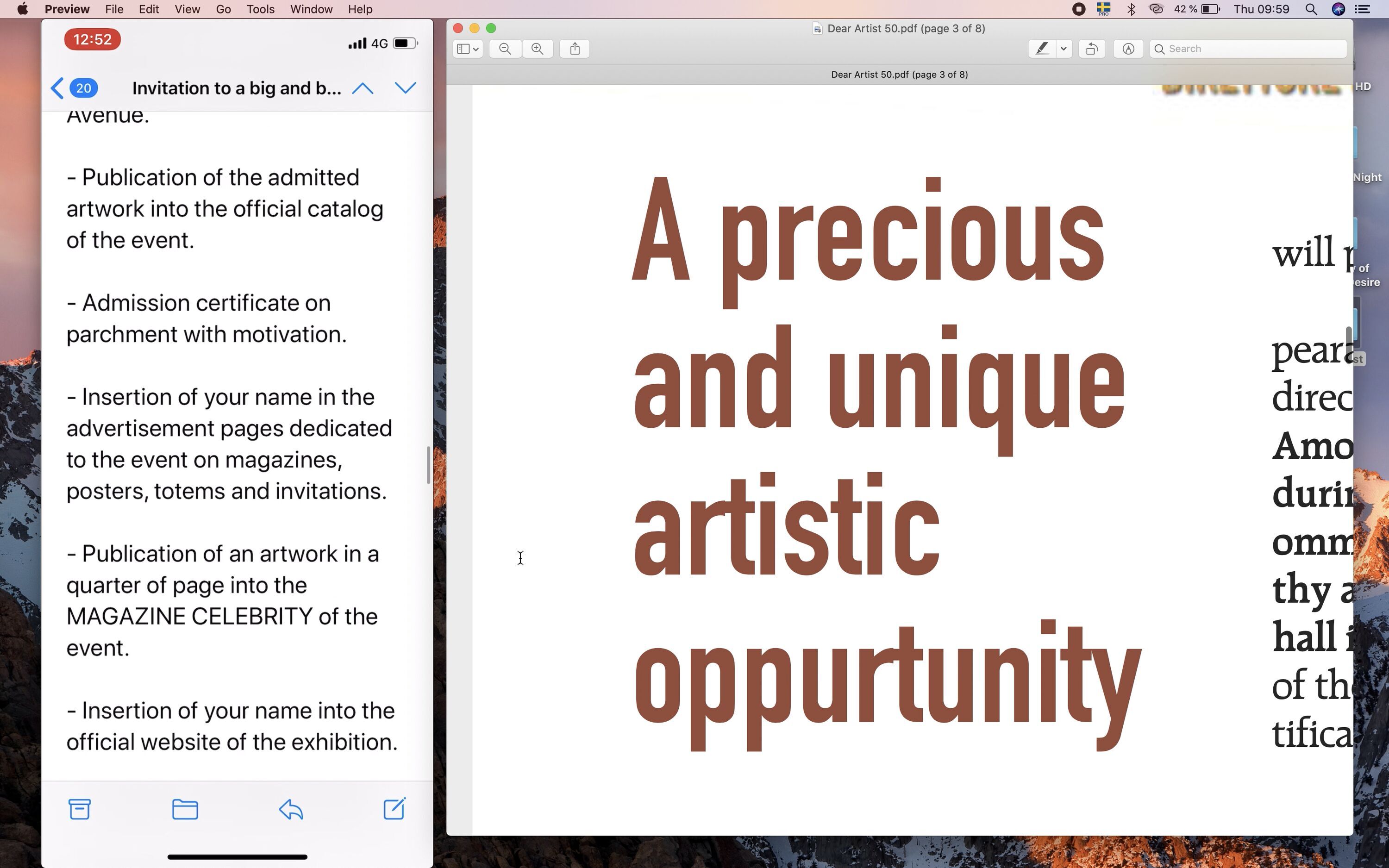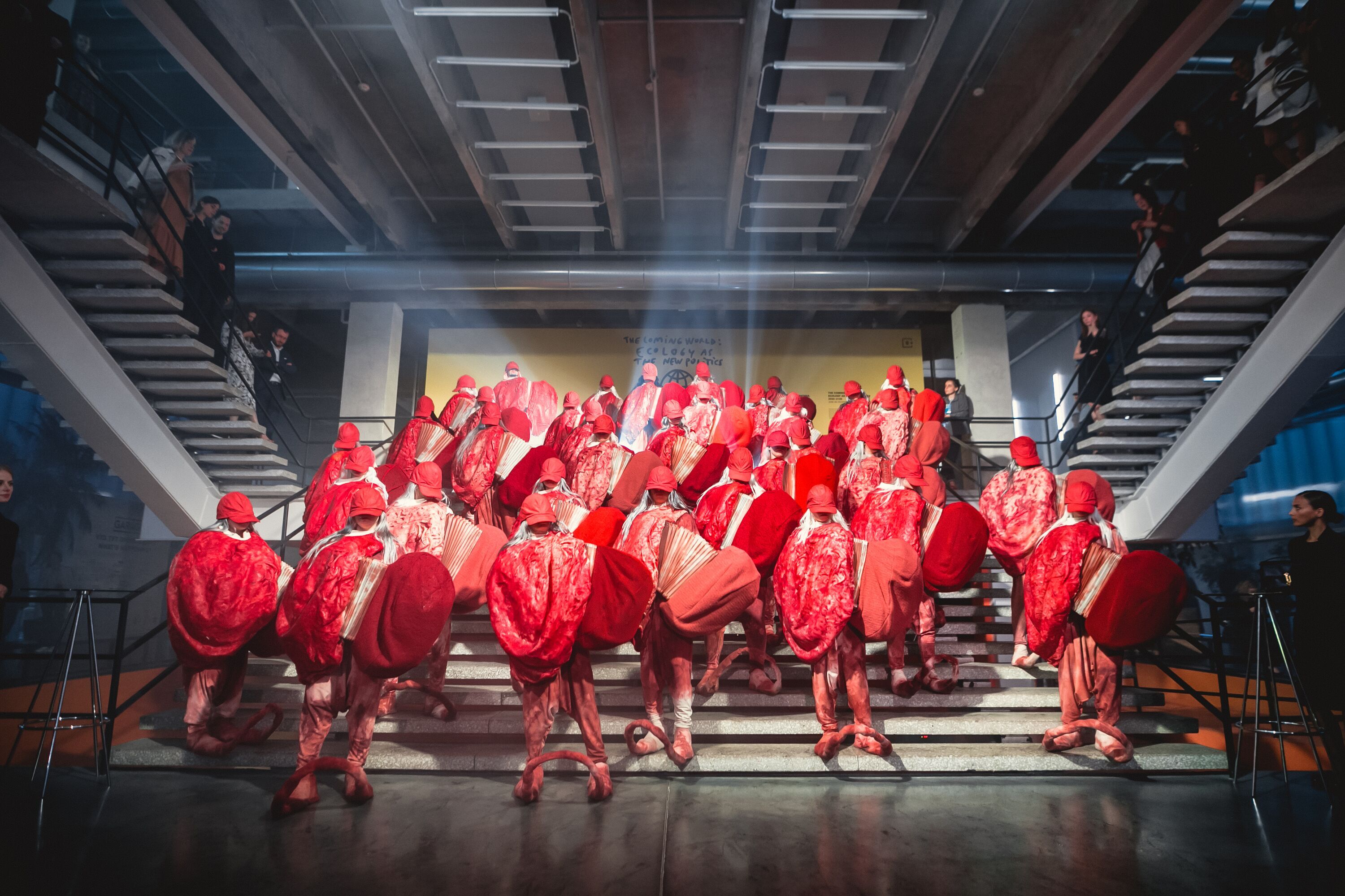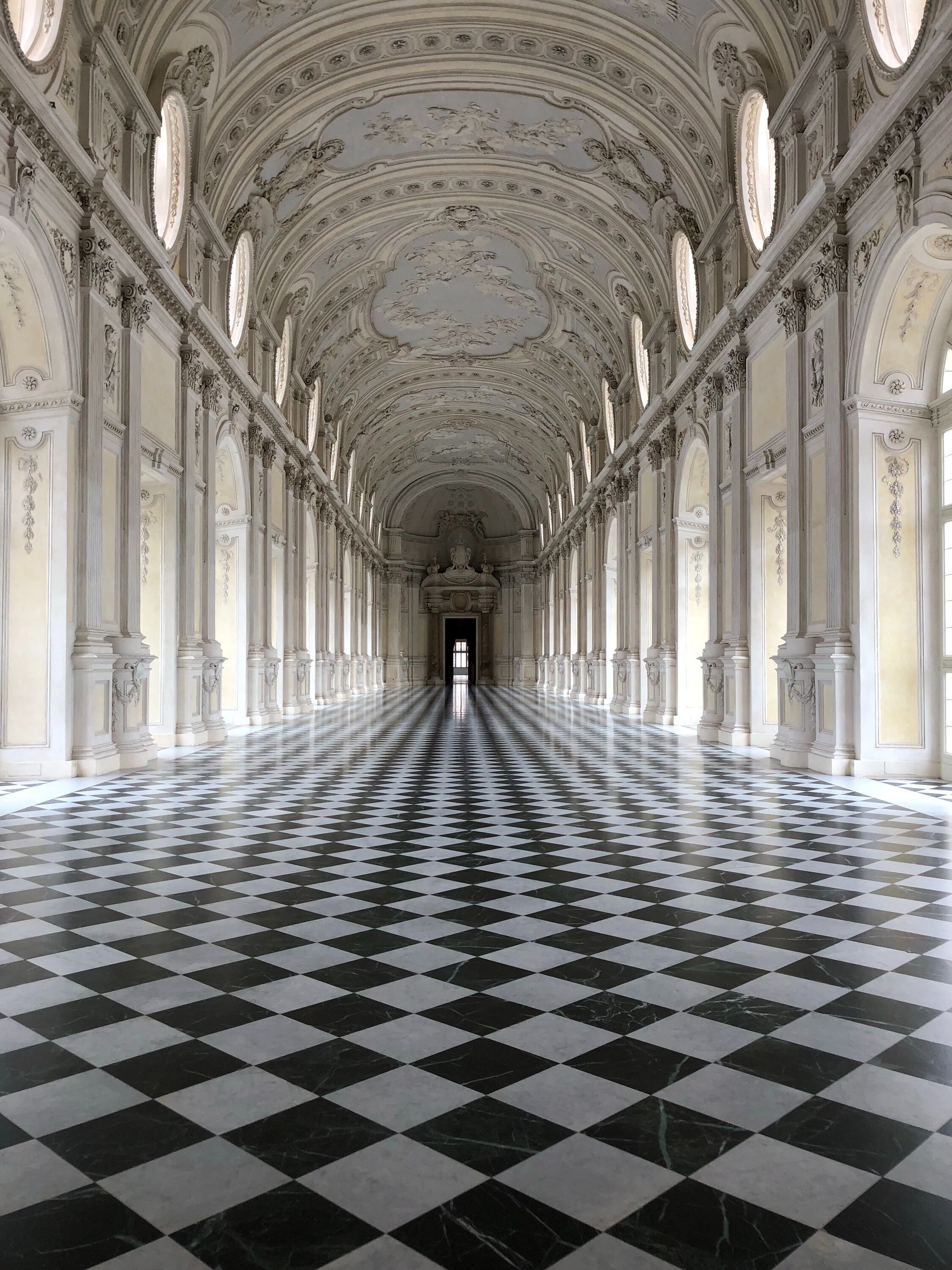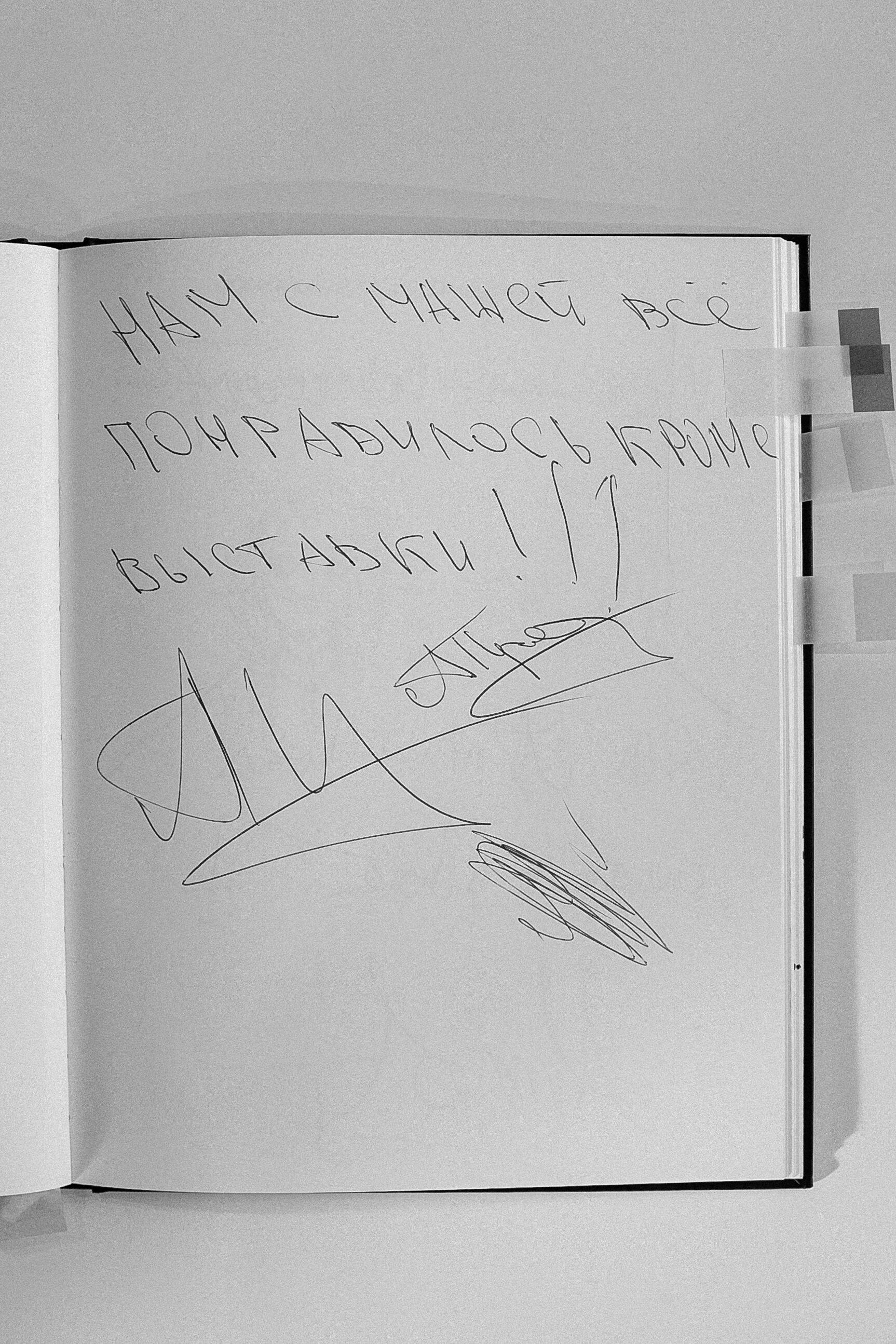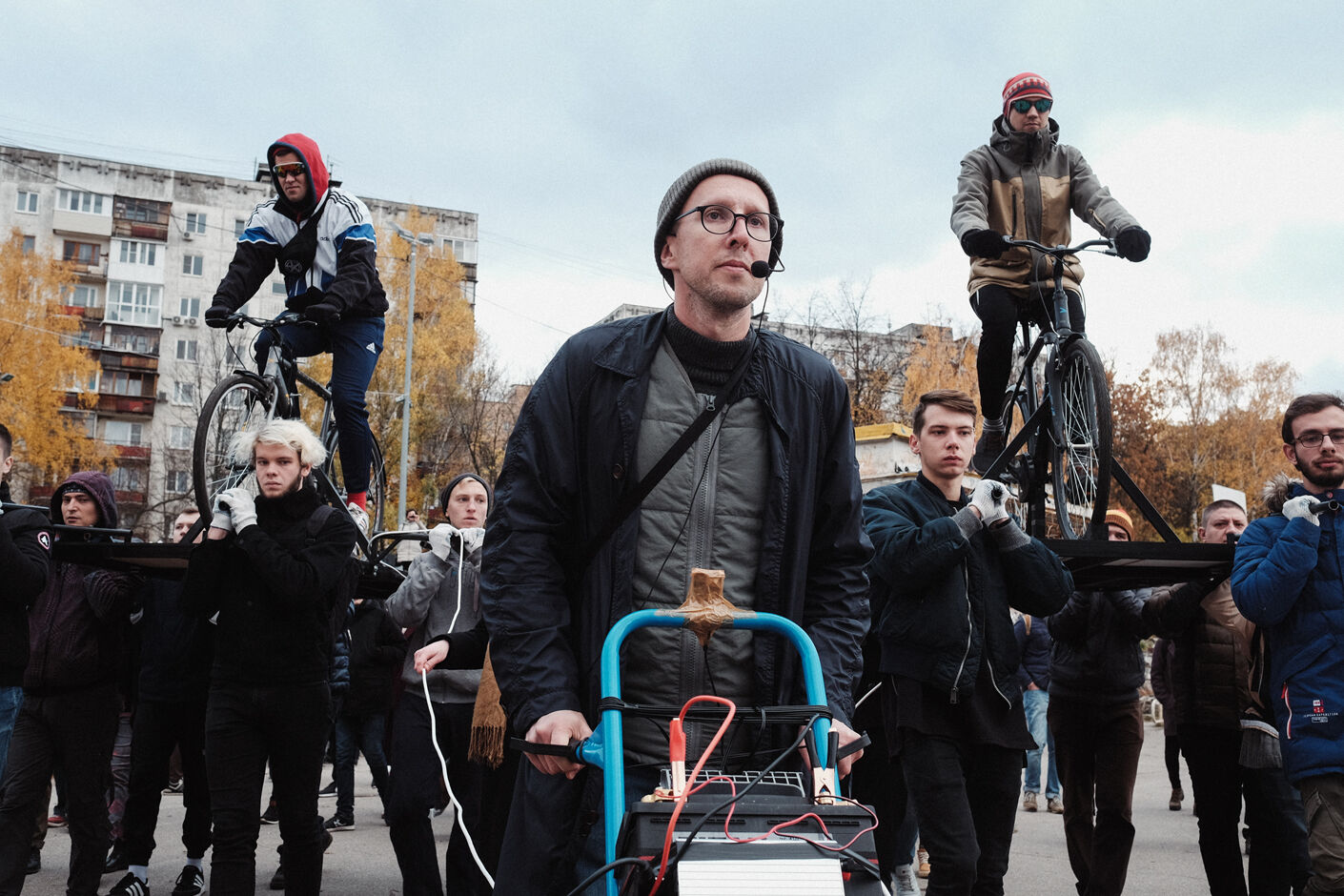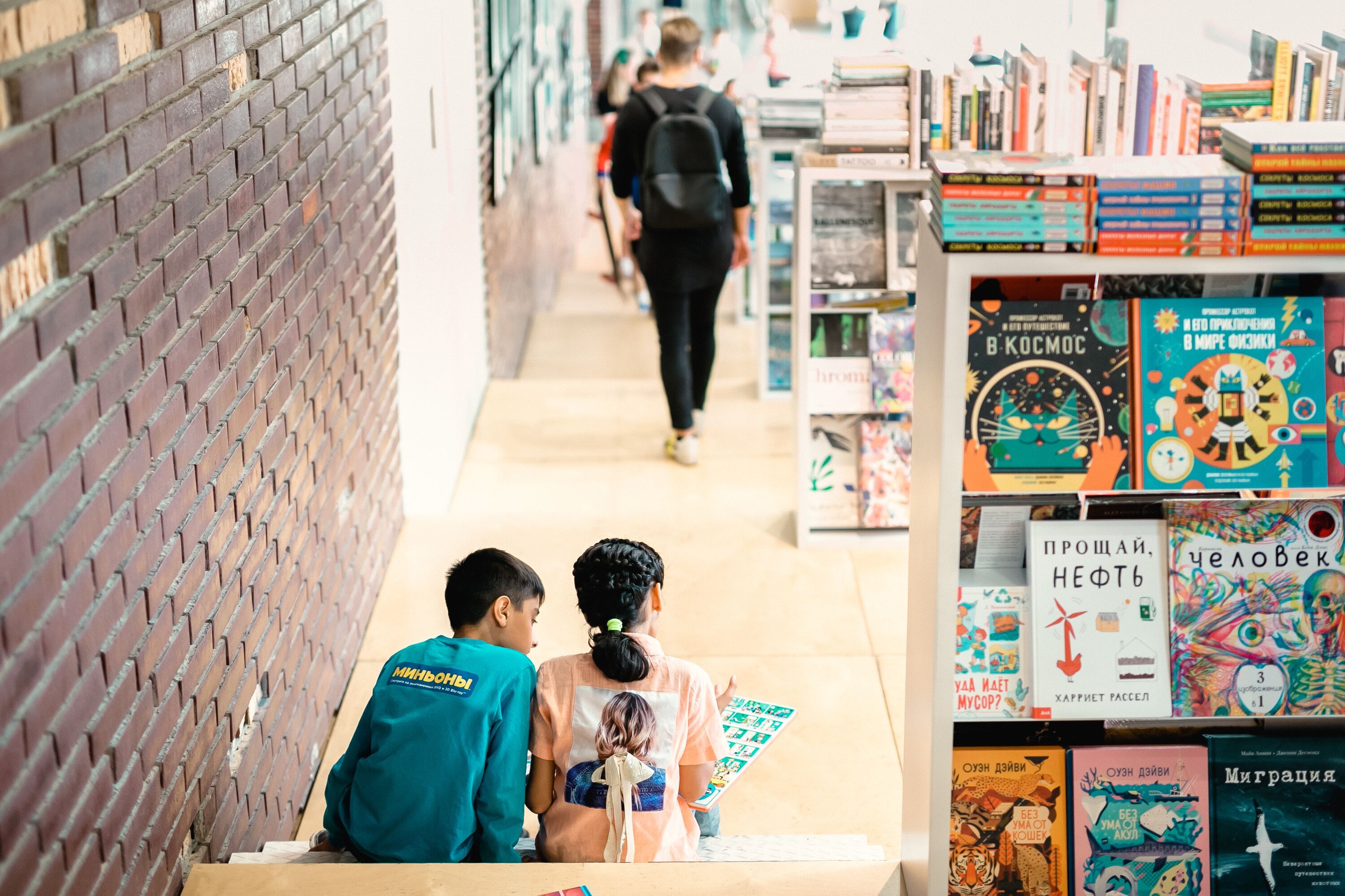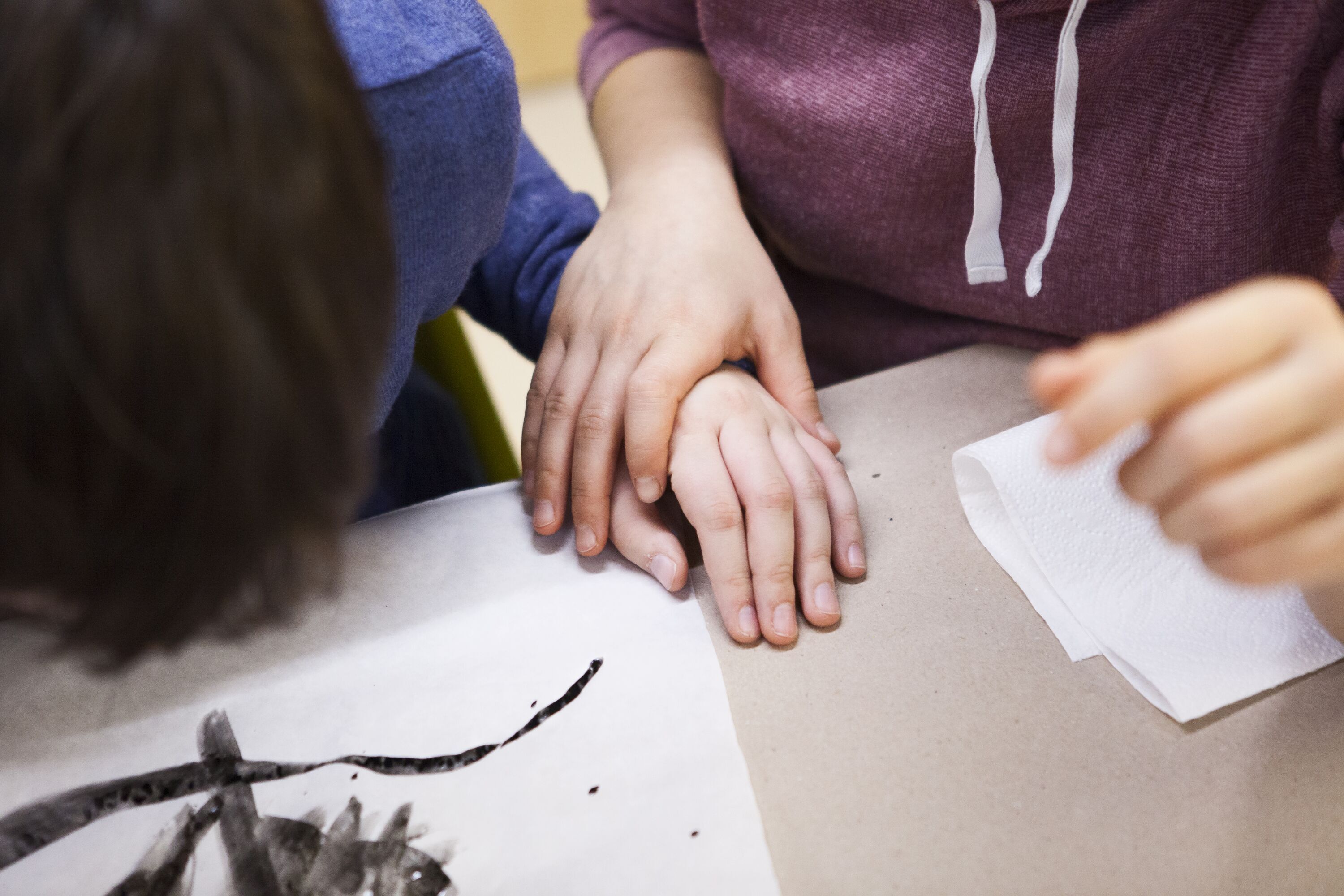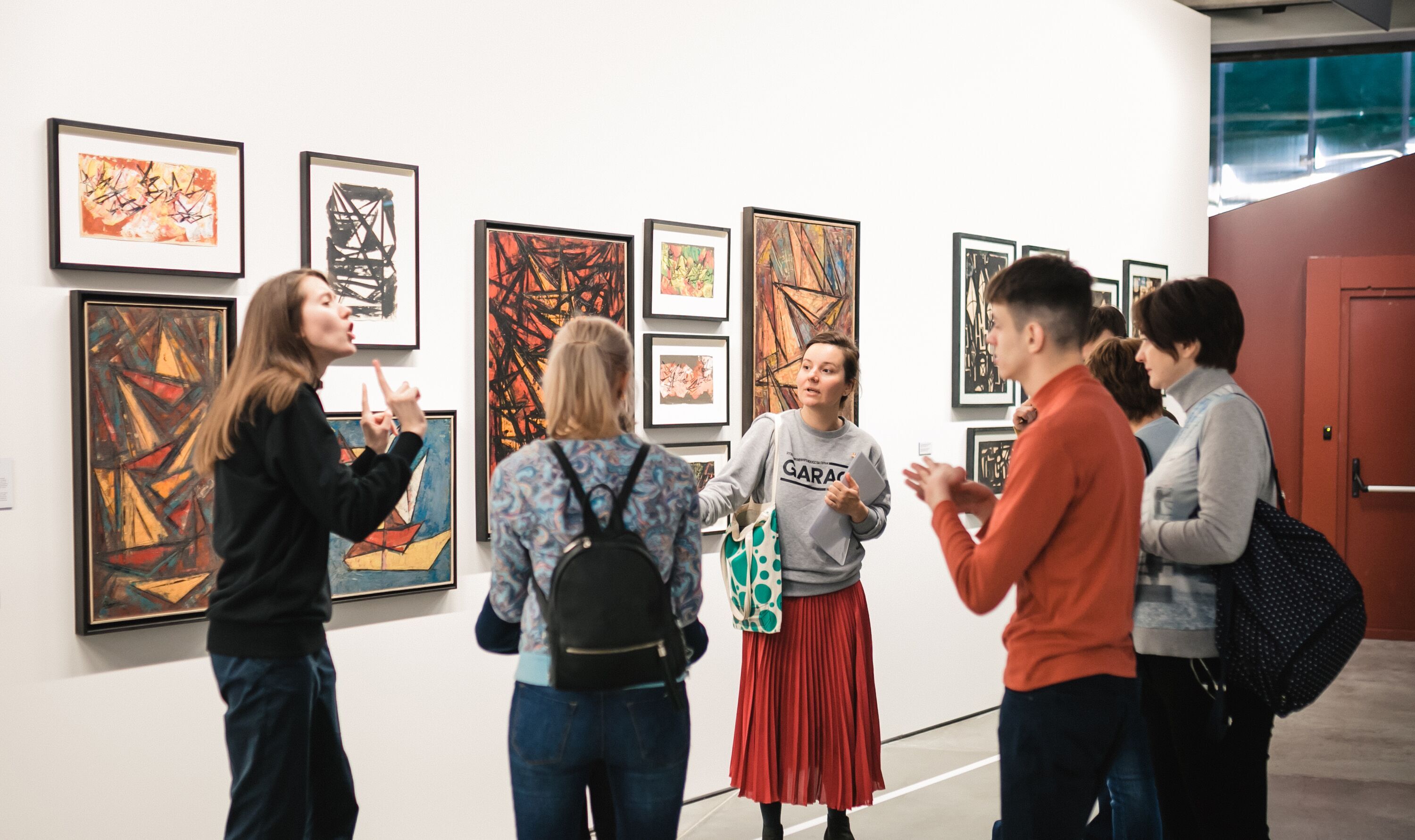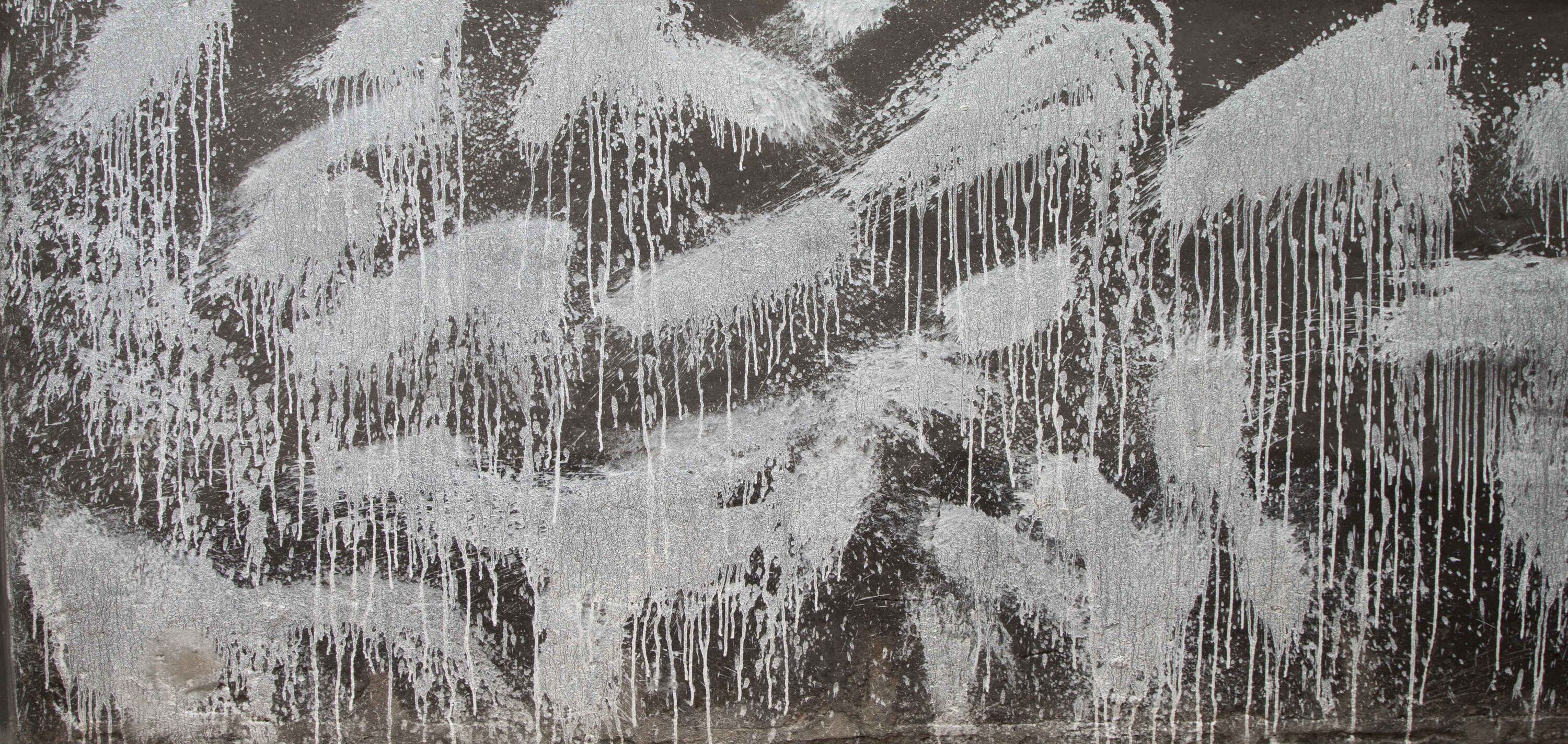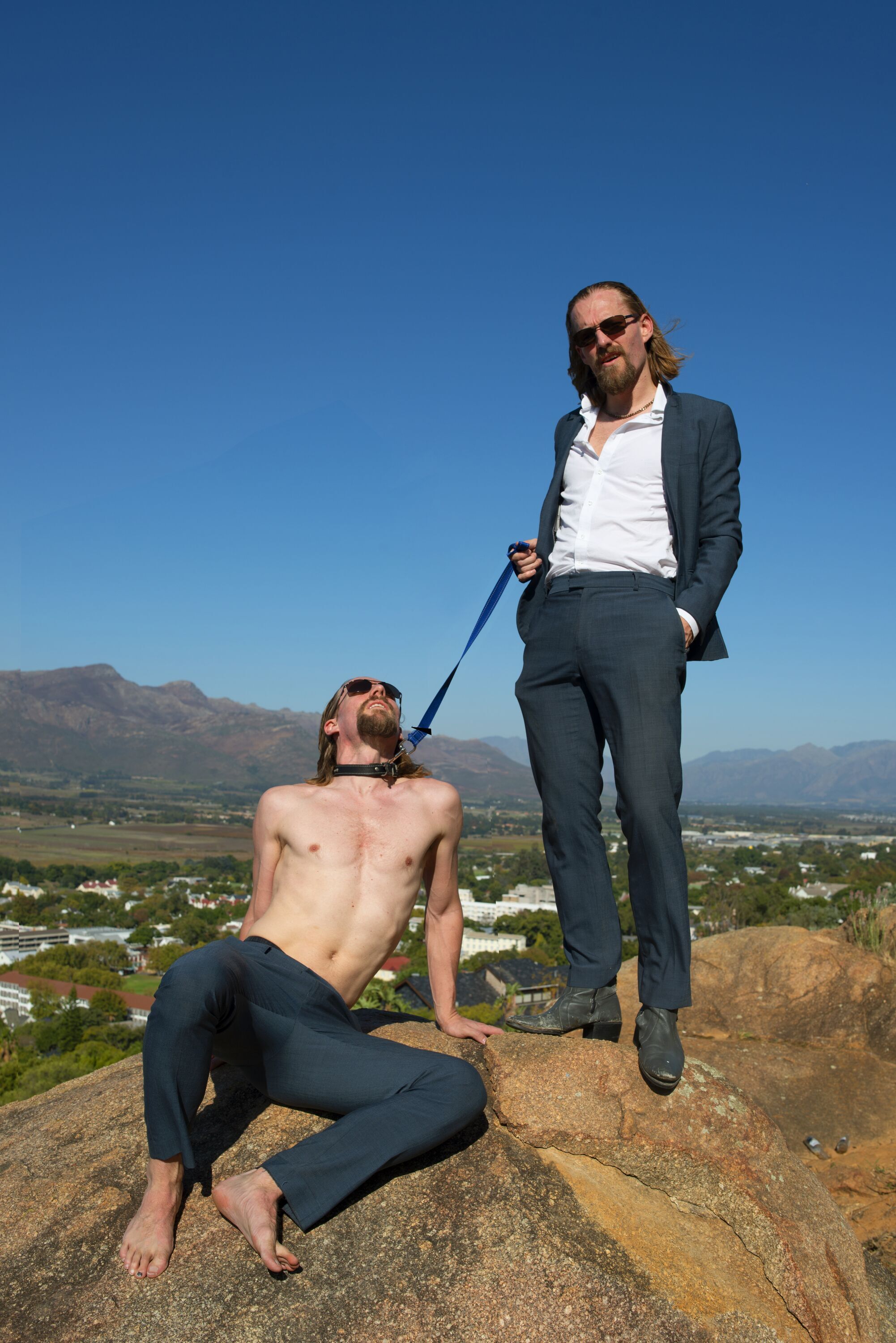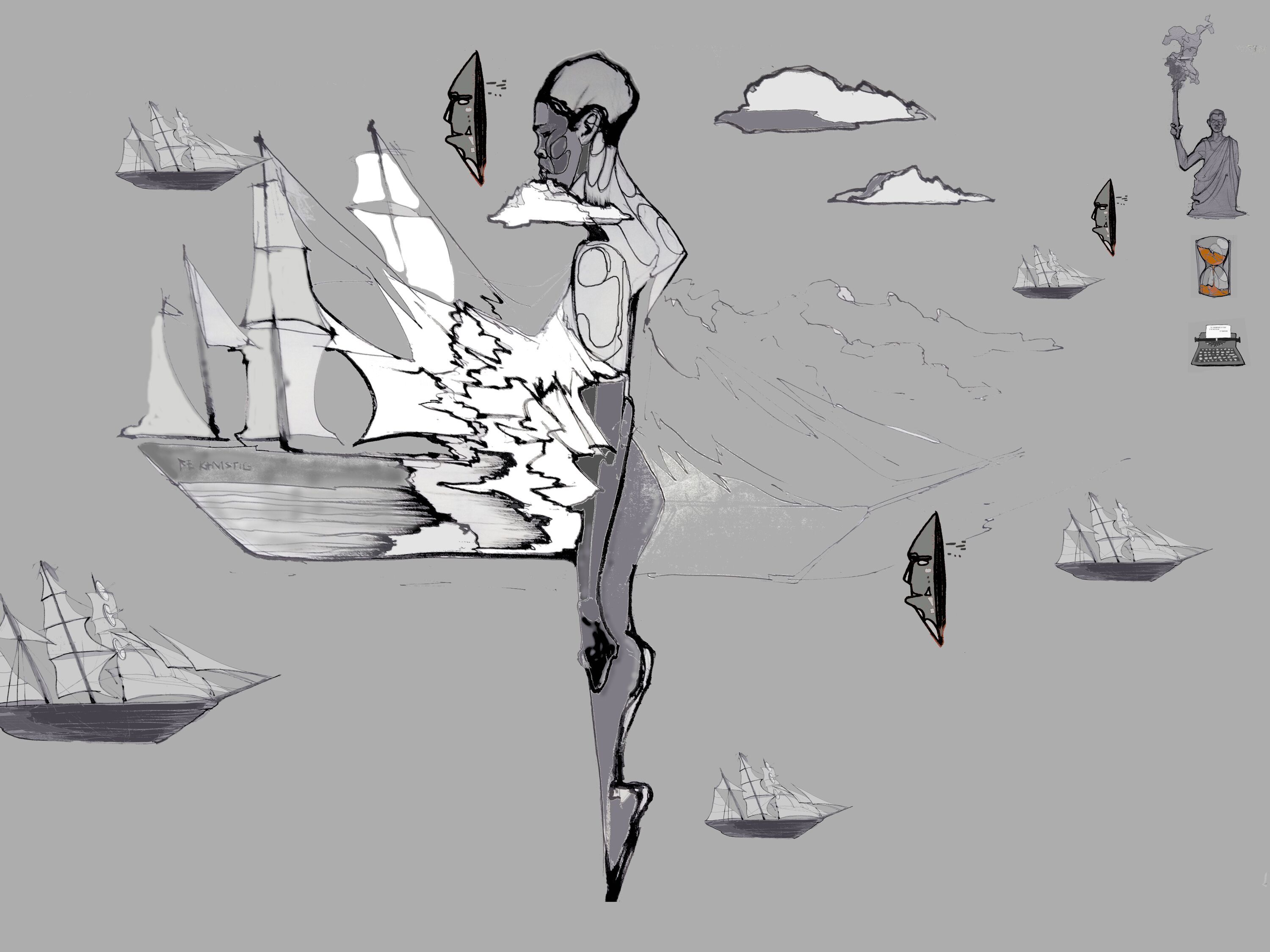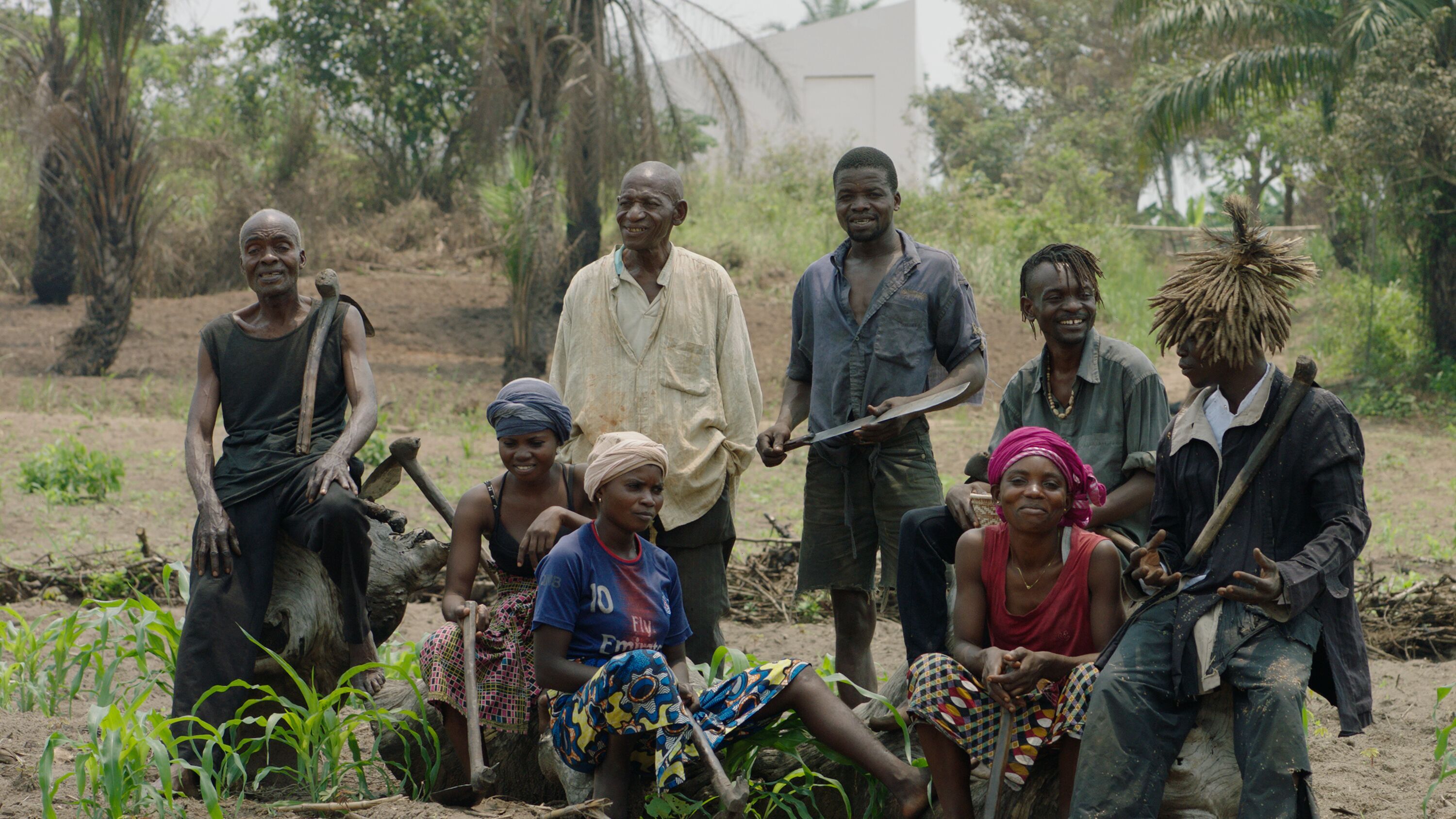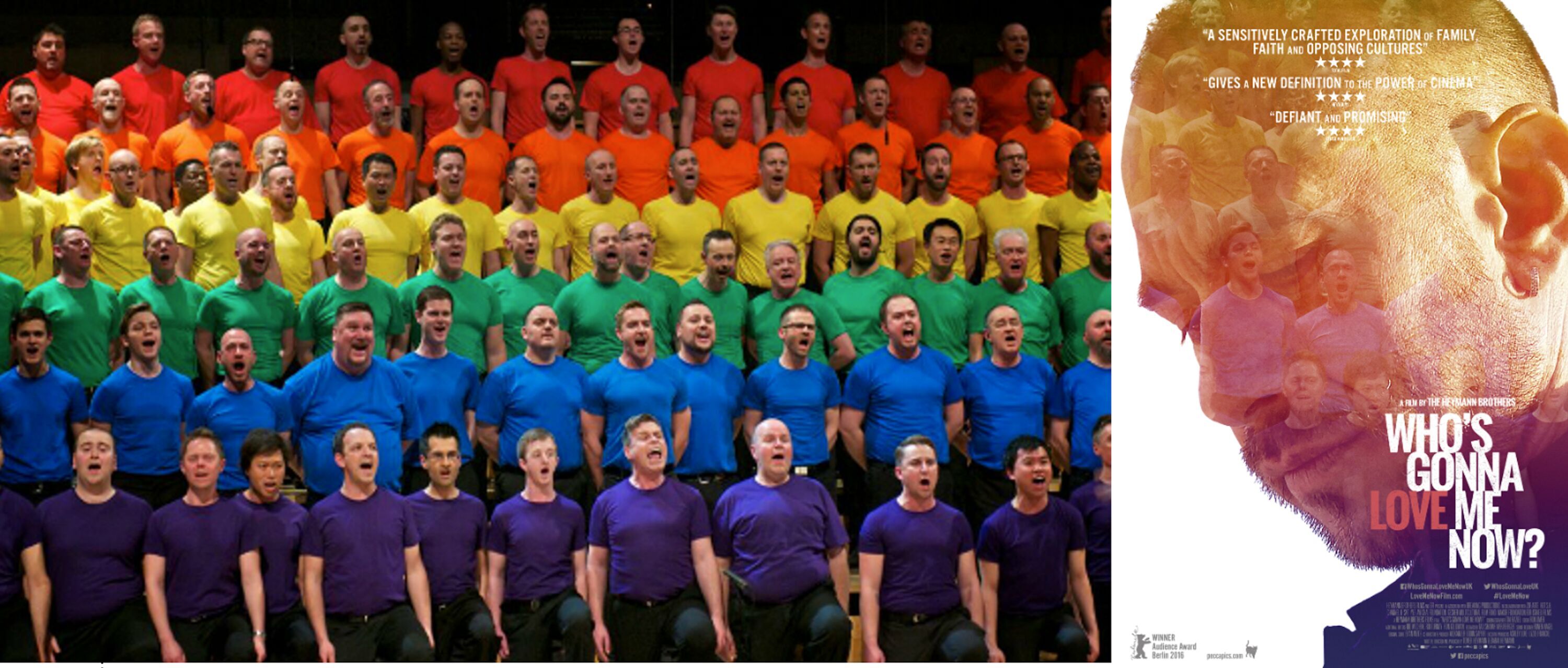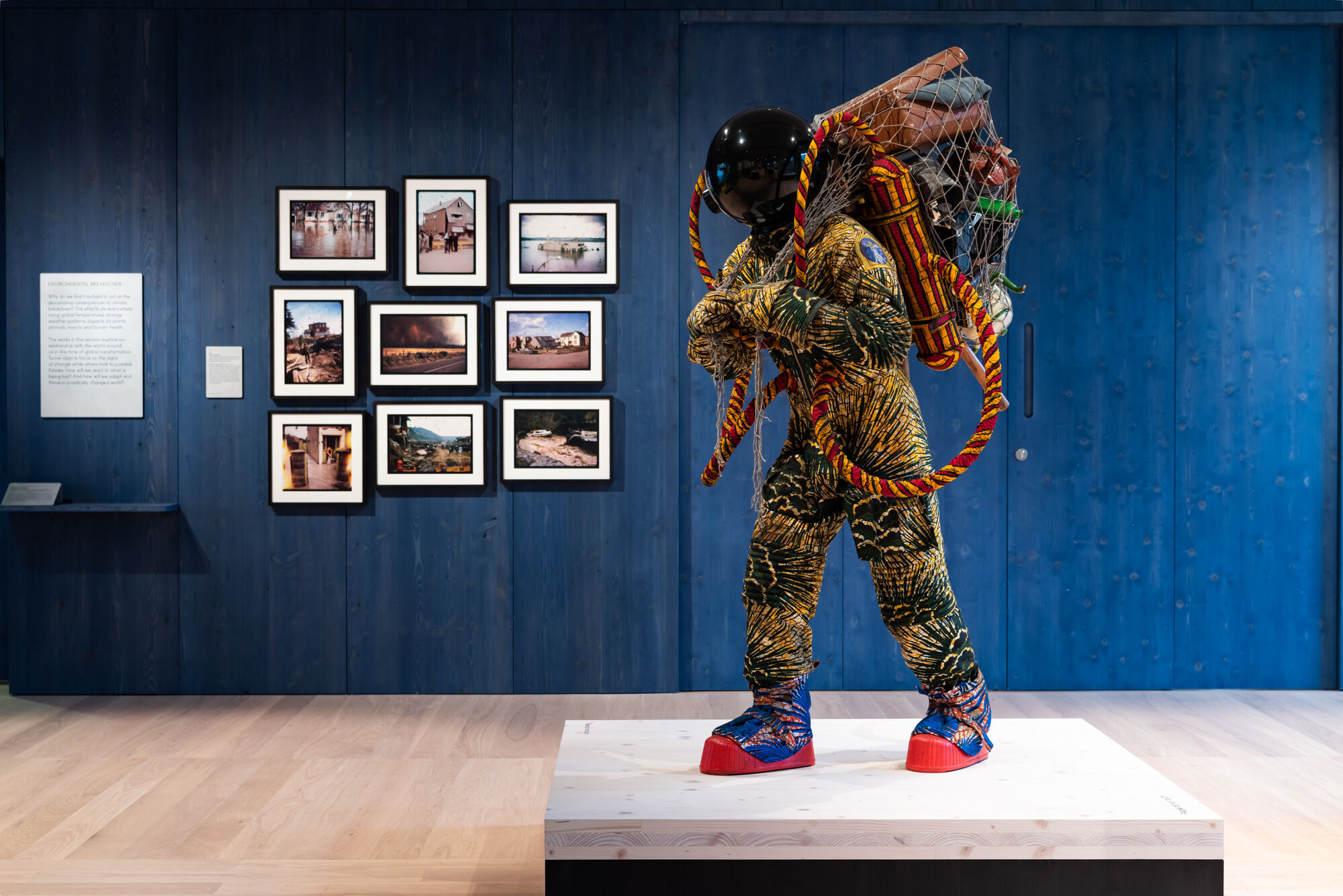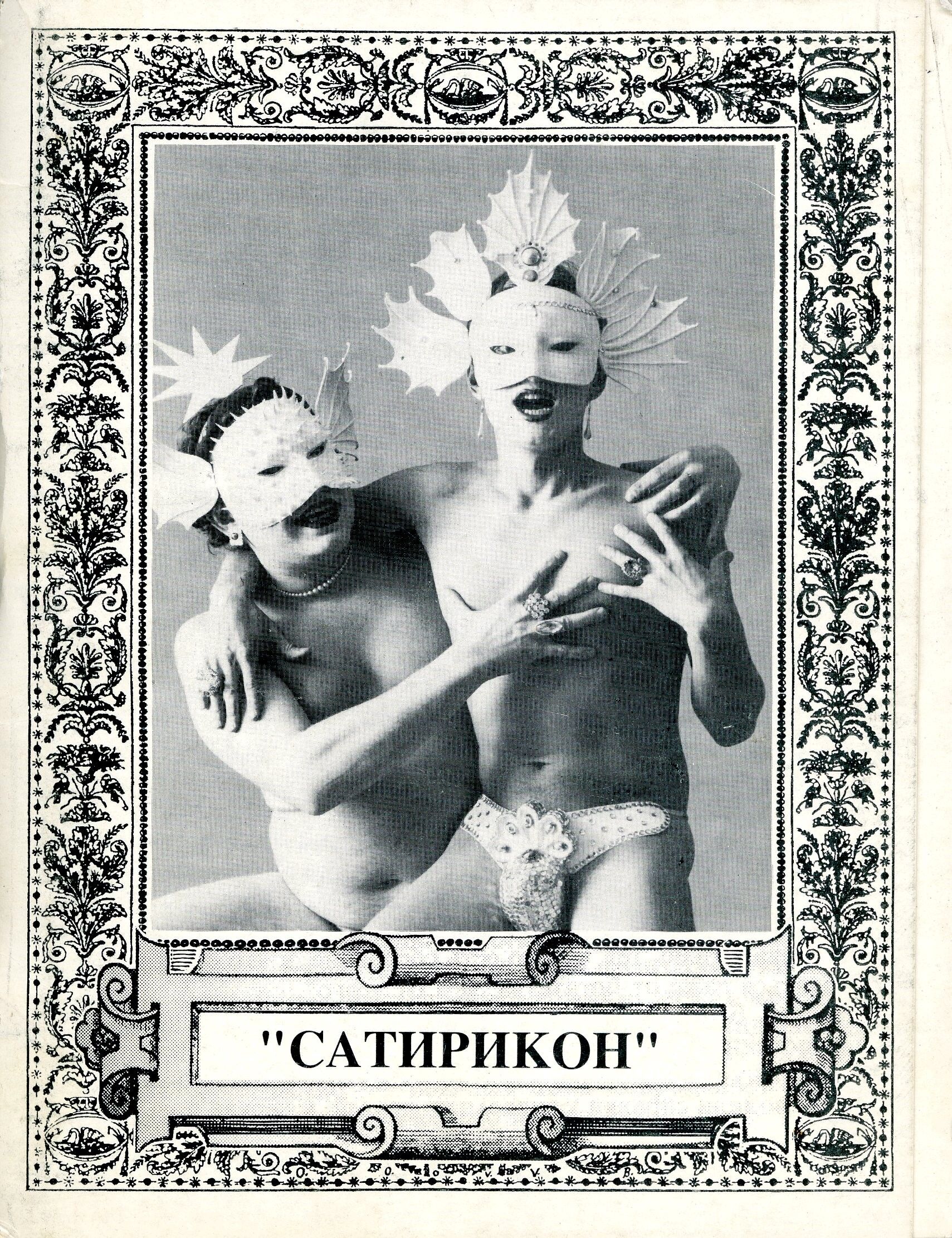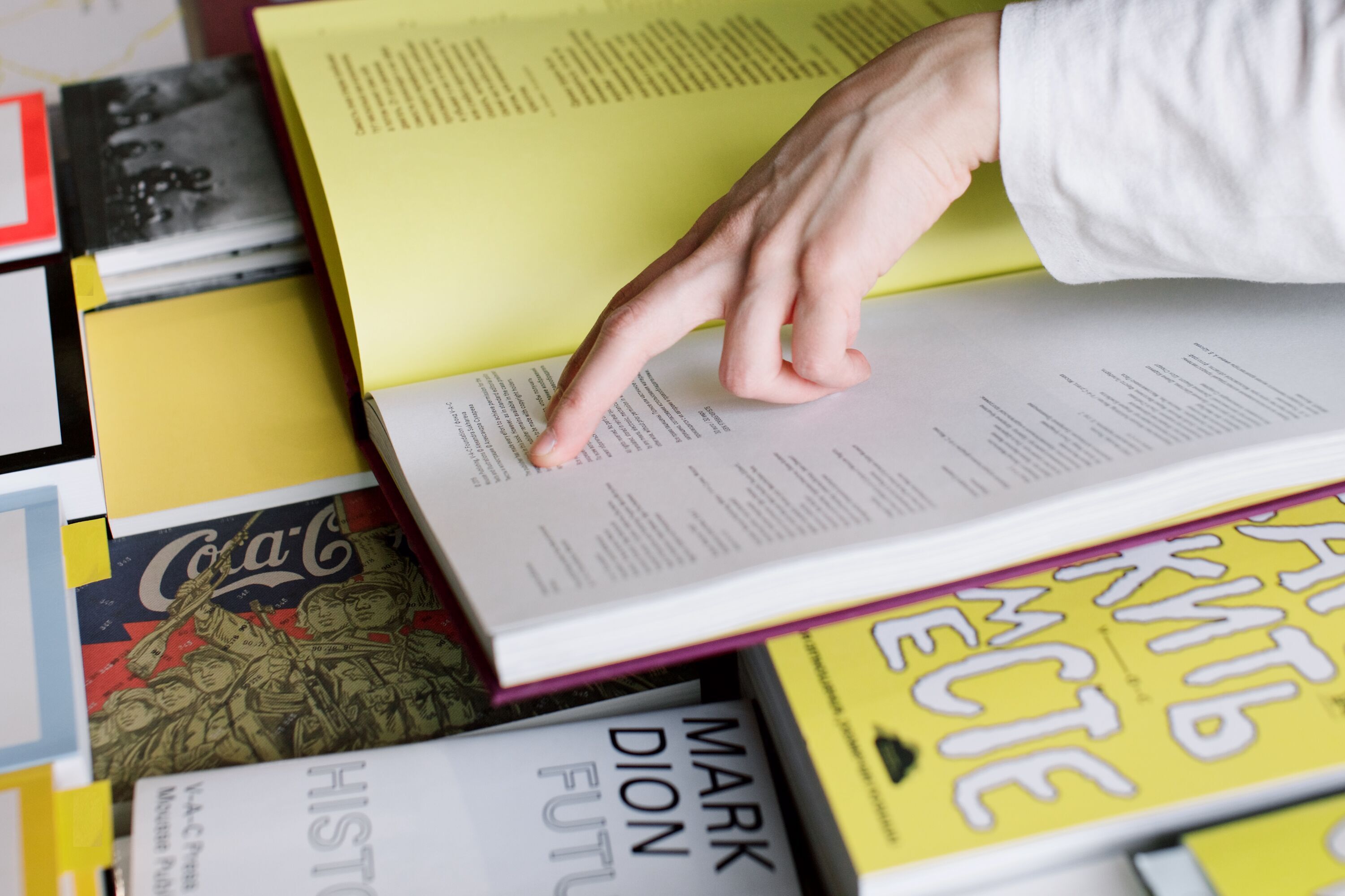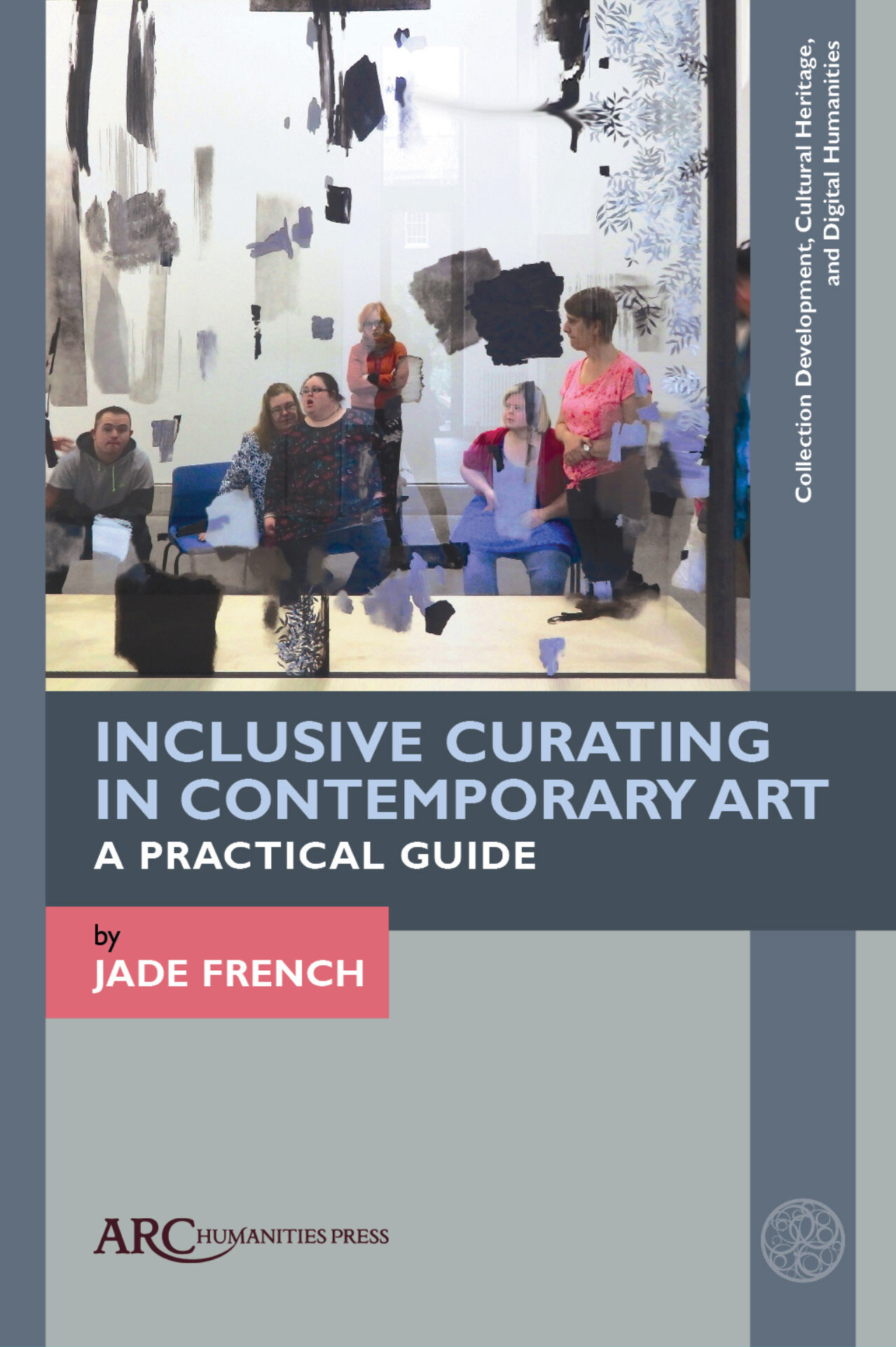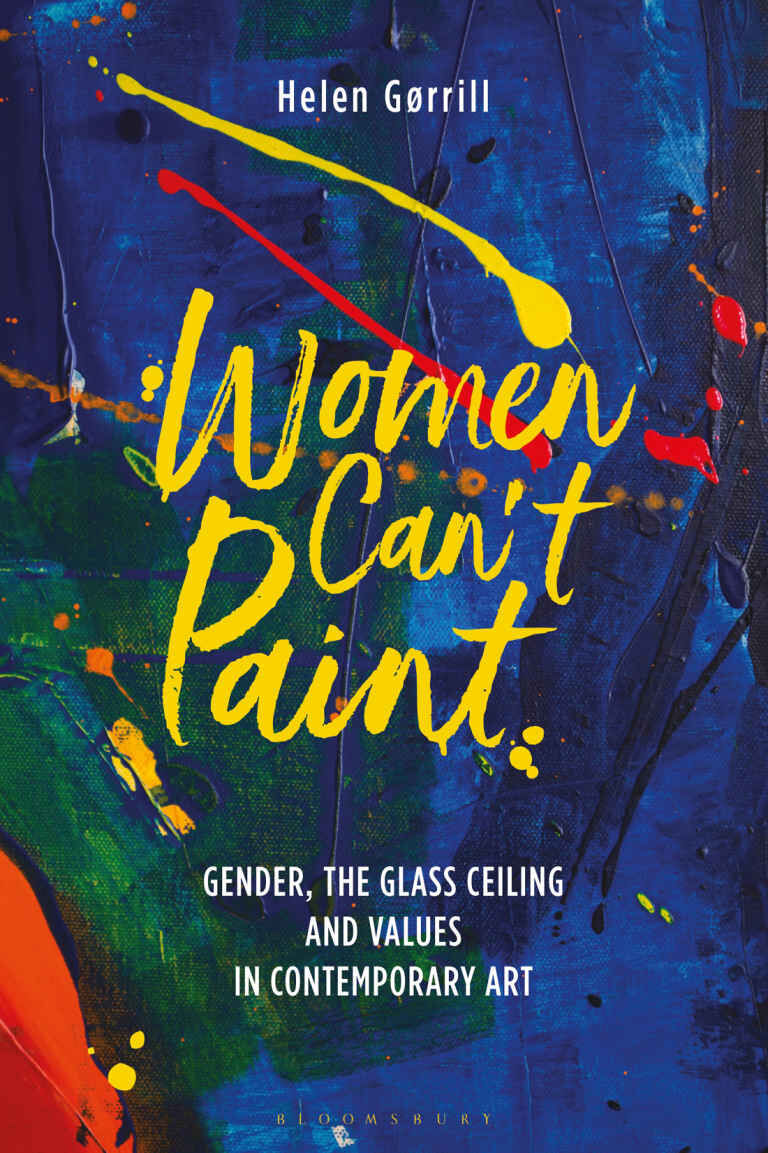Issue 01 (November 2020)
Transitory Parerga: Access and Inclusion in Contemporary Art
What is the role of collaborative research in contemporary museum practice? How can an art institution support research in the arts and humanities? These are some of the questions that were sent to a panel of interlocutors—among them multi-disciplinary researchers, curators, and art managers. Their responses are presented in the form of a discourse about contemporary art institutions and research; its focus is on how art institutions can generate knowledge, support research, and build inclusive environments.
Access and inclusion are catch phrases in the contemporary art world. However, the structures of that world are often hierarchical and restrictive. Meriç Algün’s Dear Artist, (2020) explores these concerns through an epistemological collage consisting of invitations to various projects e-mailed to the artist in recent years. Do these invitations offer a possibility of genuine engagement? Or do they manipulate artists? Dear Artist, reconstructs the artist’s experience in the form of a video and and an e-mail subscription service.
This article characterizes the relationship between the museum and its visitors as a dialogic process that enables a play between the public narratives of the museum and the private narratives of the viewers. The museum is presented as a performative site where its dominant socially and historically constructed pedagogy engages in a critical dialogue with the viewer's memories and cultural histories.
The experience of the exhibitions Moscow–Paris, 1900–1930 (the Pushkin State Museum of Fine Arts, 1981), The Territory of Art and Atelier (the State Russian Museum, 1990), curated by Pontus Hultén, is addressed in this essay in relation to the context of the most recent developments in museology, to a large extent shaped by Claire Bishop’s book Radical Museology: Or What’s Contemporary in Museums of Contemporary Art? (2014).
Can one consider the contemporary museum to be purely a space for the preservation, protection, and transmission of cultural heritage? What role do visitors play within the museum? How is the transmission of the heritage possible in the context of a constant reproduction by the museum of the distance between the ‘masterpieces’ and the public? This visual essay analyzes the relationships between the museum and its visitors. Their inclusion in the museum process—or exclusion from it—is demonstrated by means of visitor books of Garage Museum of Contemporary Art.
This discussion focuses on disability art, its interconnection with disability rights and the equal opportunities movement, the aesthetic parameters of this area of art, as well as the issues of self-identification of disabled artists. Through a phenomenon that is new for the Russian context — disability art — the discussion systematizes such notions as ‘inclusion’ and ‘diversity’. The material is based on the discussion that took place in 2020 in the format of a closed meeting between Russian and foreign specialists in the topic’s theoretical and practical aspects.
The article focuses on the specificities of understanding inclusion in Russian museums by examining two exhibitions: Co-thinkers (Garage Museum of Contemporary Art, 2016) and The Art of Being (National Centre for Contemporary Art, 2019), as well as the projects followed these exhibitions. It discusses the key concepts of inclusion, looks at the origins of introducing the notion of inclusion into the field of museum discussions, explores the influence of different concepts of inclusion on the inclusive practices of Russian museums.
Art working with the topic of boundaries and limitations mostly falls within the category of socio-cultural practices. The experiences of temporary blindness, color blindness, impaired bodily sensations, and other limitations and changes of perceptual abilities in works by contemporary artists are viewed in this article not as an integration technology, but as an artistic device and a method of contemporary art.
The essay reflects on the development of new social roles and, as a result, new identity aspects by deaf visitors of Garage Museum of Contemporary Art, in the period from 2016 to 2020. Based on her personal experience of working in the inclusion department of Garage and on unstructured interviews with deaf individuals, the author analyzes the process of rethinking deafness as the key factor that shapes their identity. By examining a series of examples of deaf people acquiring new social roles within the art institution, she looks for interconnections with their personal sense of self.
This paper examines the contributions of African art to the rise of global modernism in art. The concept of ‘modernism’ in art history remains inordinately attributed to Western male artists, and often ignores the creative contributions of African women in indigenous communities. These academic lapses highlight the need for more critical research, analysis, and documentation. The paper includes a photographic presentation that captures the creative practice of Ewe artists in South Eastern Ghana.
Against the backdrop of a global outcry and the battle against systemic racism, this essay examines the role of whiteness—as an idea, rather than as a racial category—in the maintenance of an acculturated system of power. I argue that race and racism are not the root of the problem but the symptom, and that the deeper issue resides in the inhumanity of institutions: in this case, the institution and culture of art, its values, its manifest self-regard, its exclusionary and controlling force.
Today, museums around the world face long-standing issues of access, representation, and inclusivity. Although many look to open their doors to broader audiences, to reap the presumed benefits of the digital sphere, and to expand their collections to embrace a plurality of perspectives, far less attention has been paid to how institutions include and represent artists.
In 2012, the Dutch artist Renzo Martens founded the Institute for Human Activities (IHA), which, since 2014, he has developed in collaboration with the cooperative Cercle d’Art des Travailleurs de Plantation Congolaise (CATPC) on a former palm oil plantation in the Democratic Republic of Congo. Through the IHA, Martens has sought to analyze global mechanisms of power, resource and value extraction.
This study critically analyzes representations of the queer migrant subject in two documentaries, A Sinner in Mecca (2015) and Who’s Gonna Love Me Now? (2016). Both films construct a drama of conflicting intersections between religion, national belonging, and sexual identity, which is resolved through a normative pull towards home and its affective restructuring of intimacy in the context of queer migrant subjectivity.
There have been a number of exhibitions in the last five years that have explored queer themes and adopted queer approaches, yet the position of queer in museums remains precarious. This article explores the challenges of this museological landscape and the transformative potential of queer curating through two projects: Queer British Art, 1861—1967 (Tate Britain, April–September 2017) and Being Human (September 2019–present).
Queer art in Russia is not a well-defined movement with striking protagonists, clear manifestos, and paradigmatic works. The queer theme in the local art context is represented in the form of a ‘twinkling’ image and, with rare exceptions, reflected in scattered works and texts by individual artists. What allows a researcher to define these artworks as queer works? What understanding of ‘queer’ should art historians rely on, considering the instability of the concept and its slipping away from any clear-cut definitions?
In recent years, the issues of inclusion and accessibility have been among the most relevant topics discussed within museum communities. The methods of working with different groups of visitors have come a long way: from the introduction of sporadic practices to the institutionalization of the sphere. The creation in museums of specialized departments, the increase in relevant events, and, as a result, the accumulation of the relevant experience have resulted in a range of methodological guides, summarizing and reflecting upon the acquired knowledge and skills.

